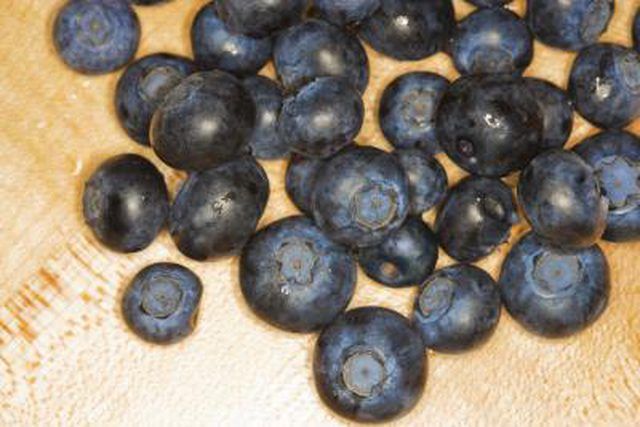Bulbs
Flower Basics
Flower Beds & Specialty Gardens
Flower Garden
Garden Furniture
Garden Gnomes
Garden Seeds
Garden Sheds
Garden Statues
Garden Tools & Supplies
Gardening Basics
Green & Organic
Groundcovers & Vines
Growing Annuals
Growing Basil
Growing Beans
Growing Berries
Growing Blueberries
Growing Cactus
Growing Corn
Growing Cotton
Growing Edibles
Growing Flowers
Growing Garlic
Growing Grapes
Growing Grass
Growing Herbs
Growing Jasmine
Growing Mint
Growing Mushrooms
Orchids
Growing Peanuts
Growing Perennials
Growing Plants
Growing Rosemary
Growing Roses
Growing Strawberries
Growing Sunflowers
Growing Thyme
Growing Tomatoes
Growing Tulips
Growing Vegetables
Herb Basics
Herb Garden
Indoor Growing
Landscaping Basics
Landscaping Patios
Landscaping Plants
Landscaping Shrubs
Landscaping Trees
Landscaping Walks & Pathways
Lawn Basics
Lawn Maintenance
Lawn Mowers
Lawn Ornaments
Lawn Planting
Lawn Tools
Outdoor Growing
Overall Landscape Planning
Pests, Weeds & Problems
Plant Basics
Rock Garden
Rose Garden
Shrubs
Soil
Specialty Gardens
Trees
Vegetable Garden
Yard Maintenance
How to Plant and Care for Top Hat Blueberries
How to Plant and Care for Top Hat Blueberries. Growing top hat blueberries allows you to have fresh blueberries no matter where you live. The top hat blueberry bush is a dwarf hybrid that is 18 inches tall and wide when fully mature. Its small size is perfect for growing in a container. Patience is key when planting and caring for blueberries,...

Growing top hat blueberries allows you to have fresh blueberries no matter where you live. The top hat blueberry bush is a dwarf hybrid that is 18 inches tall and wide when fully mature. Its small size is perfect for growing in a container. Patience is key when planting and caring for blueberries, because they take three years to produce fruit. You can cut the waiting time by purchasing a top hat blueberry bush that is two or three years old. This bush is self-pollinating, but if you want a bigger fruit yield, grow one or two other half-high varieties of blueberries.
Things You'll Need
3-gallon plant container
Trowel
Potting soil
Sphagnum peat moss
Top hat blueberry bush
Shears
Complete fertilizer
Hand pruning shears
Planting
Fill the container about three-quarters full with 50 percent potting soil and 50 percent sphagnum peat moss and mix well.
Remove the burlap, ties or other wrapping from the root ball of the blueberry bush. If the bush is in a container, cut it down the side and remove it. Break up the soil around the roots.
Dig a hole in the middle of the soil. Place the top hat blueberry bush into the hole at the depth it was planted in the nursery or as deep as it sits in the shipping container. Look for a brown soil line just above the roots for a burlap-wrapped blueberry bush.
Fill in the hole around the plant. Tamp the dirt gently to get rid of air pockets.
Water the blueberry bush soil until moist and the soil feels like a damp sponge.
Care
Place the container in an area that receives sun for at least six hours a day with afternoon shade.
Put the blueberry bush in an enclosed patio, garage or shed during cold weather to protect the roots and stems from being damaged.
Water blueberry bushes regularly, keeping the soil moist at all times.
Fertilize top hat blueberries with a water-soluble complete fertilizer. Follow the directions on the label for how much and how often to feed your blueberry bushes.
Prune only dead, damaged or diseased wood during the first three years. Cut off one to two of the oldest canes (stems) each year for blueberry bushes three years and older. Continue to prune dead, damaged or diseased stems as needed.
Tips & Warnings
Place a piece of screen in the bottom of the container, or line the sides, to keep the soil from washing out of the drainage holes.
For top hat blueberry bushes that are two years old, prune only dead, damaged or diseased wood for one year.